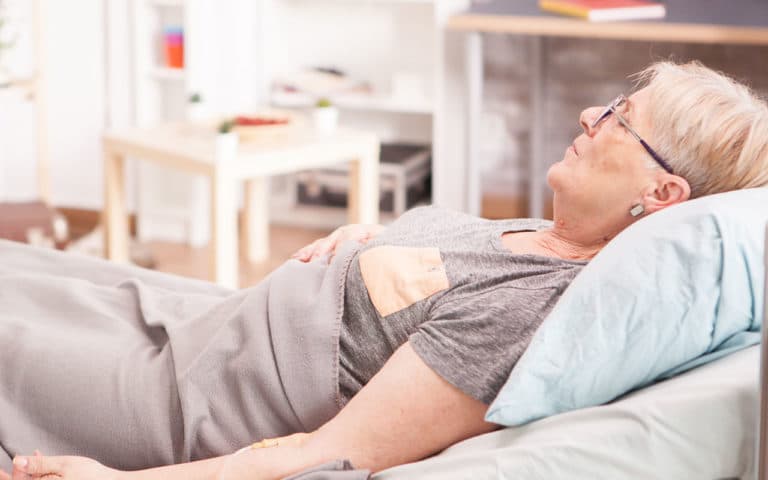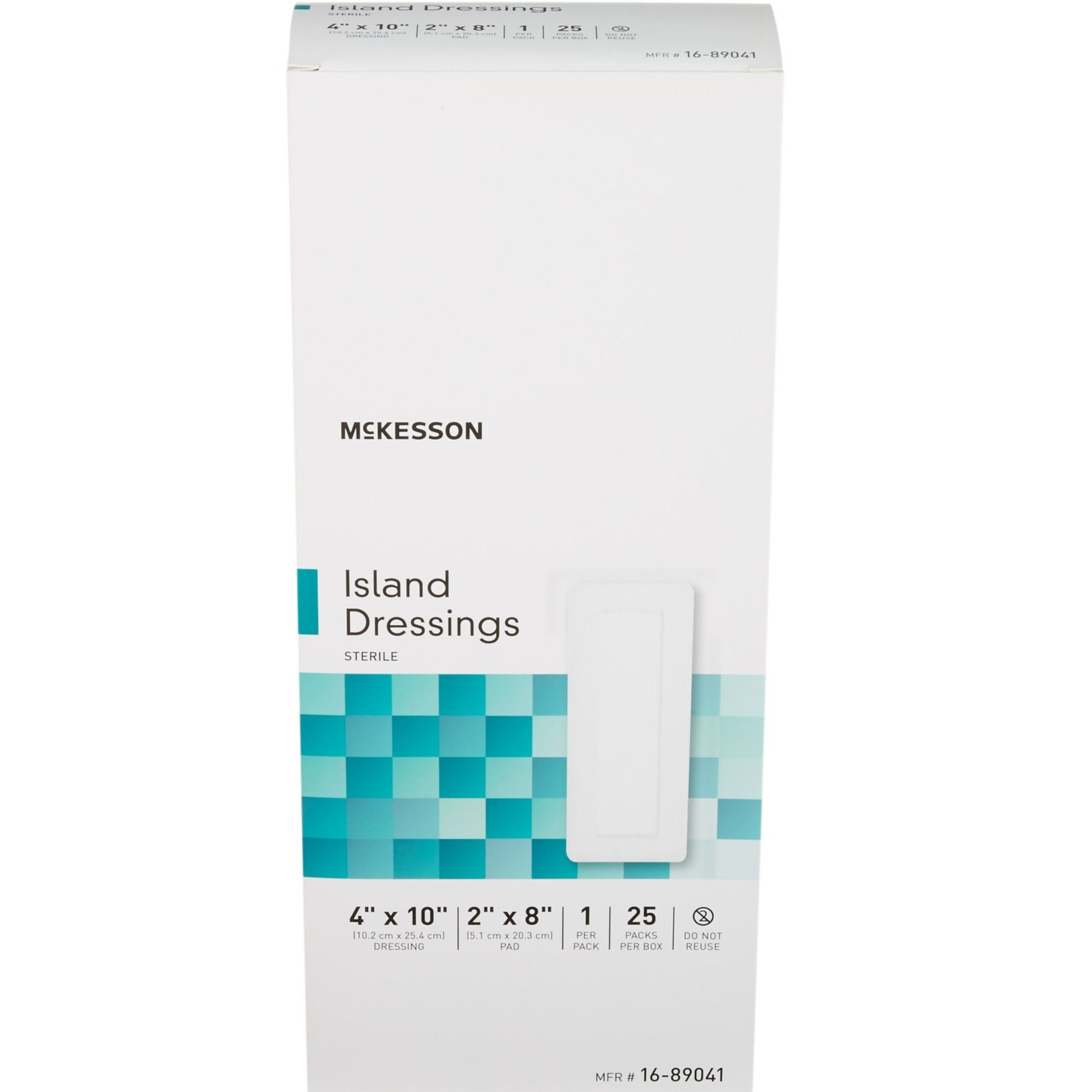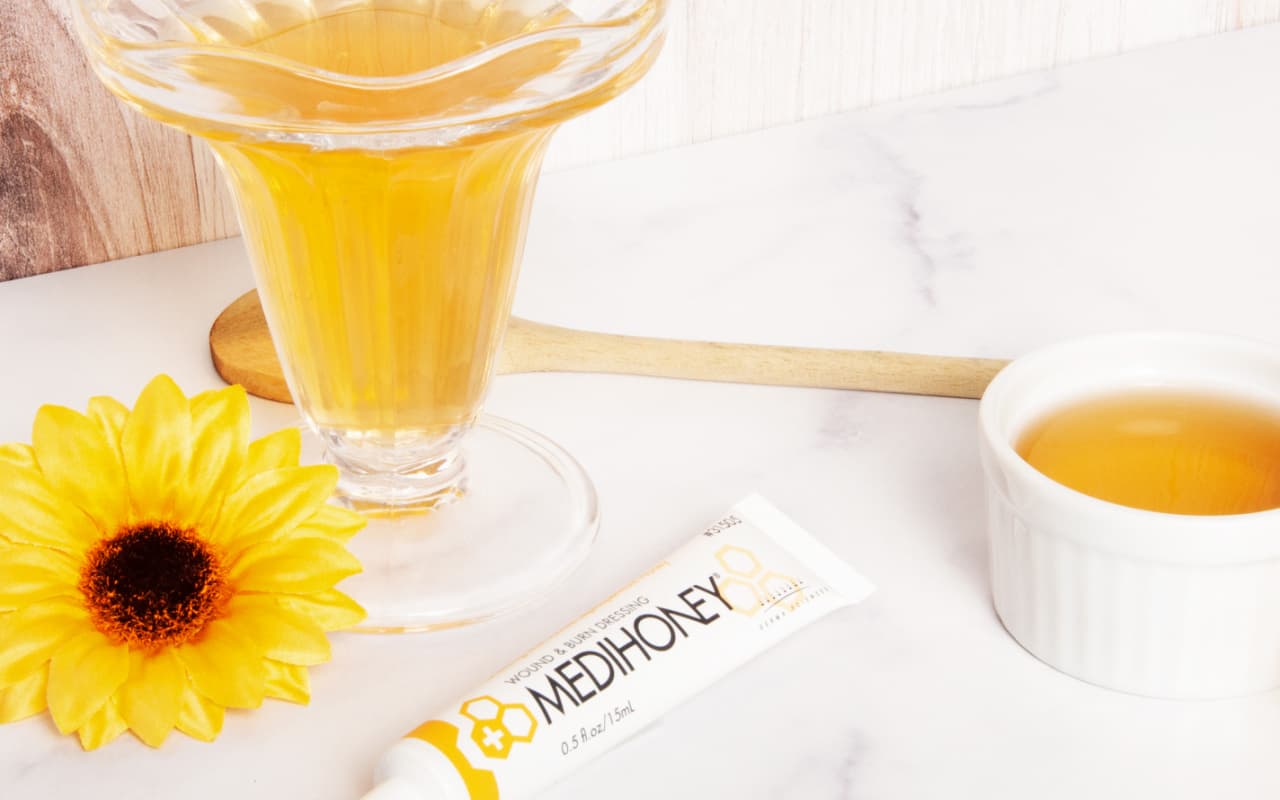Bedsores, also known as pressure ulcers, are a common concern for caregivers. These wounds are caused by prolonged pressure on the skin, often from being in the same position for a long time. While they can be painful and lead to serious complications if left untreated, the good news is that they are also preventable. This guide will help you understand, prevent, and treat bedsores so you can provide the best care for your loved one.
Understanding the four stages of bedsores
Bedsores develop in four distinct stages. Recognizing these stages early is key to successful treatment and preventing the condition from worsening.
In the first stage, bedsores appear as a red, warm area on the skin. The spot may feel firm or spongy and is often painful. When you press on it, the area might turn white before returning to red, a process called blanching. Common locations include the hips, buttocks, elbows, and the back of the head.
Stage two involves the top layers of skin breaking open, forming a painful sore or blister. This wound may look like a scrape, an abrasion, or a shallow crater. The skin around the sore may be discolored.
By this stage, the bedsore has progressed deeper into the skin's layers, creating a crater-like wound. You may see fat tissue, but not muscle or bone.
This is the most severe stage, where the infection has spread so deeply that muscle, tendons, or bone are visible. Pain may or may not be present due to potential nerve damage. Immediate medical treatment is critical at this stage to prevent serious complications like bone infections or gangrene.
Why do pressure ulcers occur? What are the causes?
The primary cause of bedsores is long-term pressure that cuts off blood flow to the skin. This can happen when a person remains in the same position for just a few hours. For example, lying on one's back can cause bedsores on the tailbone or shoulder blades.
Friction is another major cause. If a loved one’s skin rubs against bedding or a wheelchair, especially when the skin is wet, it can lead to skin breakdown and the development of a sore. This is why keeping the skin clean and dry is so important.
What are the risk factors of bedsores?
Several factors increase the risk of developing bedsores:
Immobility: The inability to change positions independently is the biggest risk factor. This is why bedridden individuals and those who use wheelchairs are most susceptible.
Age: As we age, our skin becomes more fragile, thinner, and less elastic, making it more vulnerable to damage.
Incontinence: Moisture from urine or feces can soften and break down the skin's protective barrier, increasing the risk of friction and pressure injuries.
Medical conditions: Certain conditions, such as diabetes and cardiovascular disease, can impair blood circulation, making the skin more susceptible to damage from pressure.
How do I prevent bedsores?
Preventing bedsores is far easier than treating them. The main strategies involve relieving pressure and keeping the skin clean and healthy.
Repositioning your loved one
One of the most effective ways to prevent bedsores is to regularly change your loved one's position. This takes pressure off bony areas and promotes blood flow. A good rule of thumb is to reposition them at least every two hours.
Here’s how to safely reposition someone in bed:
Stand on the opposite side of the bed from your loved one.
Gently roll them onto their side.
Place a pillow behind their back to provide support and keep them propped up.
Put another pillow between their knees to keep their spine aligned.
Use a third pillow to support their arms, preferably under the elbows.
Rotate their position regularly between their back, right side, and left side.
Other prevention methods
Use proper bedding: Soft, comfortable bedding, such as egg crate mattress toppers and pillows, can help distribute pressure and reduce the risk of sores.
Keep skin clean and dry: Use high-quality incontinence products and barrier creams to protect the skin from moisture. Regular cleansing and drying are essential.
Maintain proper nutrition: A balanced diet rich in protein, vitamins, and minerals supports skin health and wound healing.
What should you do when you have a bedsore?
If you notice a bedsore, it's important to start treatment right away. First, always consult a healthcare professional to determine the best course of action. They can assess the severity of the wound and provide guidance.
For mild bedsores, you can start with these simple at-home steps:
Cleanse the wound: Gently wash the affected area with a mild, scent-free wound cleanser.
Cover the wound: Keep the bedsore covered with a sterile wound dressing to protect it and promote healing.
Repeat daily: Continue this process daily, or as instructed by your doctor, to ensure the wound stays clean and protected.
Remember that bedsores can take a long time to heal. Be patient and consistent with your care.
What are the top-selling products for wound management?
Choosing the right products can make a significant difference in the healing process. Here are some top-selling options for wound cleansing and dressing.
Wound cleansers
1. McKesson dermal wound cleanser, nonsterile
McKesson dermal wound cleanser, nonsterile is formulated for both chronic and acute wounds. Its non-cytotoxic formula means it won’t harm healthy cells, making it safe for all types of wounds. This no-rinse cleanser from McKesson is formulated for both chronic and acute wounds. It comes in a 16 oz. bottle with a spray function for easy application.
Key Features & Benefits:
Customer Review: "So much easier to use than the cans of saline I used to buy! Spraying is easier!" -Mary Y.
2. Sea-Clens general purpose wound cleanser
Sea-Clens general purpose wound cleanser, a saline-based solution, effectively and gently loosens debris from the wound. It helps create a moist healing environment without interfering with the body's natural processes. This general-purpose wound cleanser from Sea-Clens comes in a 6 oz. or 12 oz. bottle. The saline-based solution is formulated to loosen debris from the wound bed without interfering with the body’s natural healing process.
Key Features & Benefits:
Non-cytoxic
Through, effective, and gentle cleaning
Promotes wound healing by promoting moist healing environment
Wound dressings
3. McKesson adhesive dressing, rectangle
McKesson adhesive dressing, rectangle is an excellent alternative to traditional gauze and tape, these all-in-one dressings are perfect for sensitive skin. They feature a non-adherent pad in the center to prevent disruption to the wound bed upon removal. If your loved one has sensitive skin or they’re allergic to gauze or tape, consider these adhesive dressings from McKesson. Sizes vary from 4 x 6” to 6 x 8”. Each dressing has a non-adherent pad in the center to avoid disrupting the wound bed upon removal.
Key Features & Benefits:
Excellent alternative to gauze and tape
Combines absorbent non-adherent pad with a breathable border (making this a great all-in-one dressing)
Non-adherent pad supports comfortable and safe removal
Customer Review: "I've tried several brands and types of coverings and I really like these best. It absorbs a lot and does not irritate or pull my skin. Very comfortable." -Kathy H.
When do I need to see a doctor?
For mild to moderate bedsores, you may be able to manage them at home with the right care. However, if a bedsore persists, worsens, or your loved one shows signs of infection (fever, increased pain, or foul-smelling discharge), it’s crucial to seek medical attention.
The Mayo Clinic recommends contacting a doctor if you don't see improvement in a bedsore within 24 to 48 hours. A doctor can ensure your loved one receives the proper antibiotics and treatments to prevent dangerous infections and complications.
If you have any questions about which products are right for your loved one, don't hesitate to reach out to our friendly Care Team at (800) 696-CARE.





